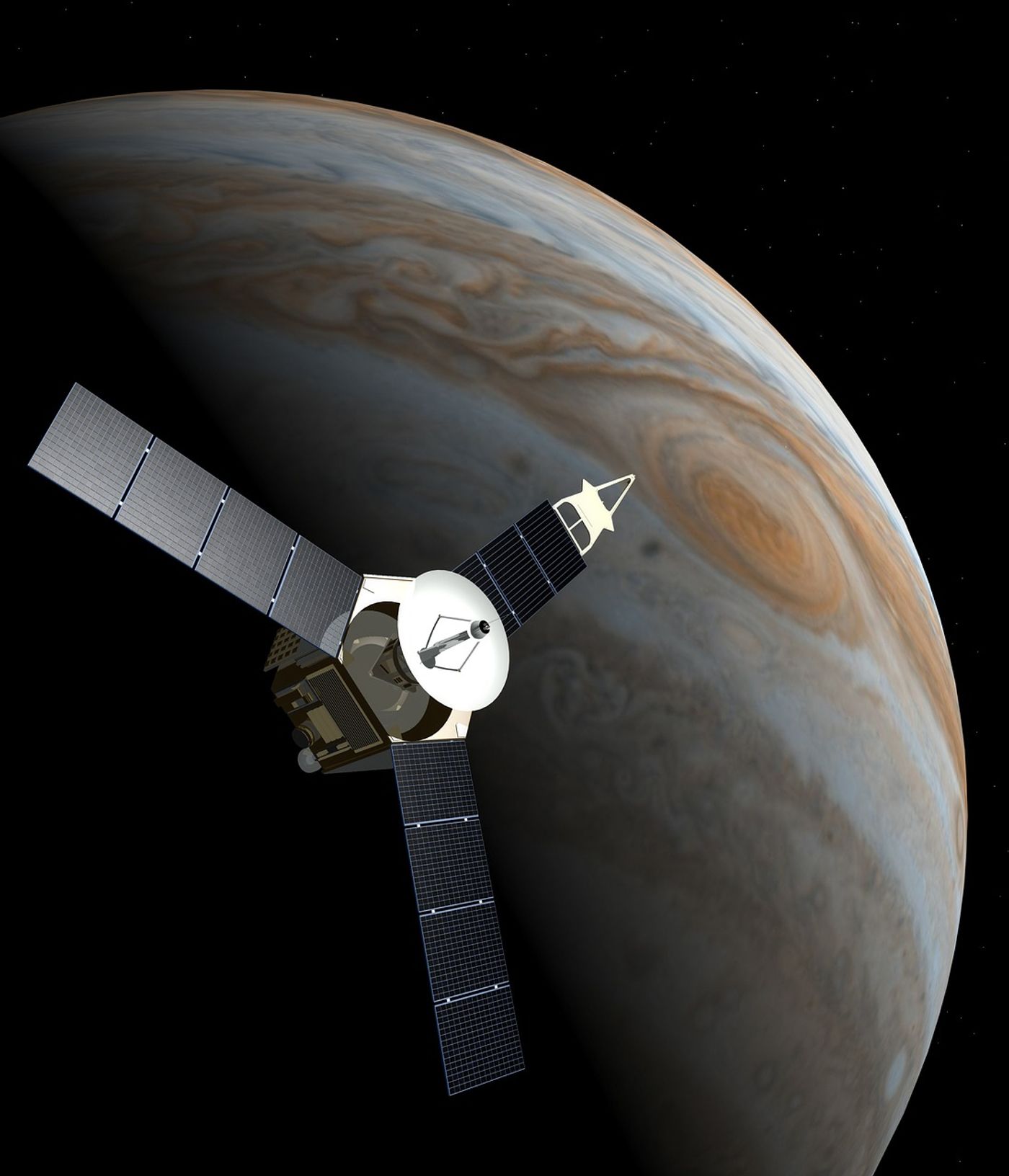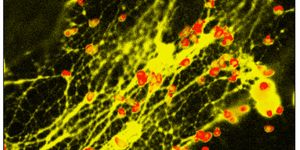Juno is Unlocking the Secrets of Jupiter's Physics-Defiant Auroras
Jupiter exhibits powerful energy auroras, but scientists who are observing the gassy planet through the eyes of the Juno mission are baffled by just how surprisingly-unpredictable these high-energy regions are in comparison to those studied on Earth.
Specialized observation instruments attached to the Juno spacecraft play an instrumental role in allowing scientists study these high-energy auroras up close. Through these observations, humanity captured precise measurements to obtain a greater understanding of Jupiter.
Image Credit: DasWortgewand/Pixabay
Published in the journal Nature, a team of researchers led by Barry Mauk from the Johns Hopkins University Applied Physics Laboratory in Laurel, Maryland, describe the intense, high-energy events as something many times more powerful and unpredictable than anything they’ve ever experienced.
These waves of electric energy are perpetuated by Jupiter’s powerful magnetic field and burst through the planet’s atmosphere with energy levels exceeding 400,000 electron volts. It's these bursts that form the bright auroras we've observed at Jupiter's polar regions for years.
Just to give you an idea of how powerful and un-Earthly 400,000 electron volts is, the researchers say the figure is anywhere from 10-30 times higher than any auroral potentials exhibited by our planet. Many of Earth's auroral potentials only exceed a few thousand electron volts, so the Jovian system proves itself as a force to be reckoned with.
Image Credit: NASA/JPL-Caltech/SwRI/Randy Gladstone
While we've known for some time that Jupiter has some of the most powerful auroras in the solar system, one thing astronomers weren’t expecting to find was how these high-energy regions weren't always related to the auroras themselves. In contrast, the high-energy auroral potentials on Earth are typically always relevant to the auroras we see.
“The highest energies that we are observing within Jupiter's auroral regions are formidable. These energetic particles that create the aurora are part of the story in understanding Jupiter's radiation belts, which pose such a challenge to Juno and to upcoming spacecraft missions to Jupiter under development,” Mauk explained.
Related: Juno peers into Jupiter's atmosphere to capture incredible shots
“Engineering around the debilitating effects of radiation has always been a challenge to spacecraft engineers for missions at Earth and elsewhere in the solar system. What we learn here, and from spacecraft like NASA's Van Allen Probes and Magnetospheric Multiscale mission (MMS) that are exploring Earth's magnetosphere, will teach us a lot about space weather and protecting spacecraft and astronauts in harsh space environments. Comparing the processes at Jupiter and Earth is incredibly valuable in testing our ideas of how planetary physics works.”
As we can make out from Mauk’s words, a lot of confusion remains about the physics of the Jovian system because they’re so different from our own. These broad differences make it difficult to compare what we find there to what we experience here on Earth, which forces scientists to create new theories from scratch rather than relating to existing ones.
Nevertheless, there’s still a lot of interest in understanding the high-energy mechanisms surrounding Jupiter because they may one day contribute to new space technologies or more accurately re-write the theories we teach and learn today.
It should not only be interesting to see what else Juno digs up about Jupiter throughout its ongoing mission, but also how this research will propel technology and humanity’s understanding of space and planetary physics.










